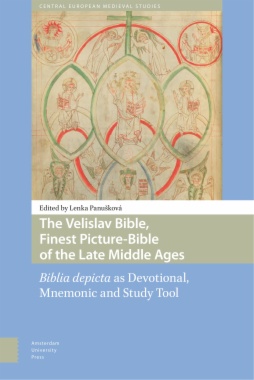

Recent years have yielded significant advances in computing and communication technologies, with profound impacts on society. Technology is transforming the way we work, play, and interact with others. From these technological capabilities, new industries, organizational forms, and business models are emerging.
Technological advances can create enormous economic and other benefits, but can also lead to significant changes for workers. IT and automation can change the way work is conducted, by augmenting or replacing workers in specific tasks. This can shift the demand for some types of human labor, eliminating some jobs and creating new ones. Information Technology and the U.S. Workforce explores the interactions between technological, economic, and societal trends and identifies possible near-term developments for work. This report emphasizes the need to understand and track these trends and develop strategies to inform, prepare for, and respond to changes in the labor market. It offers evaluations of what is known, notes open questions to be addressed, and identifies promising research pathways moving forward.